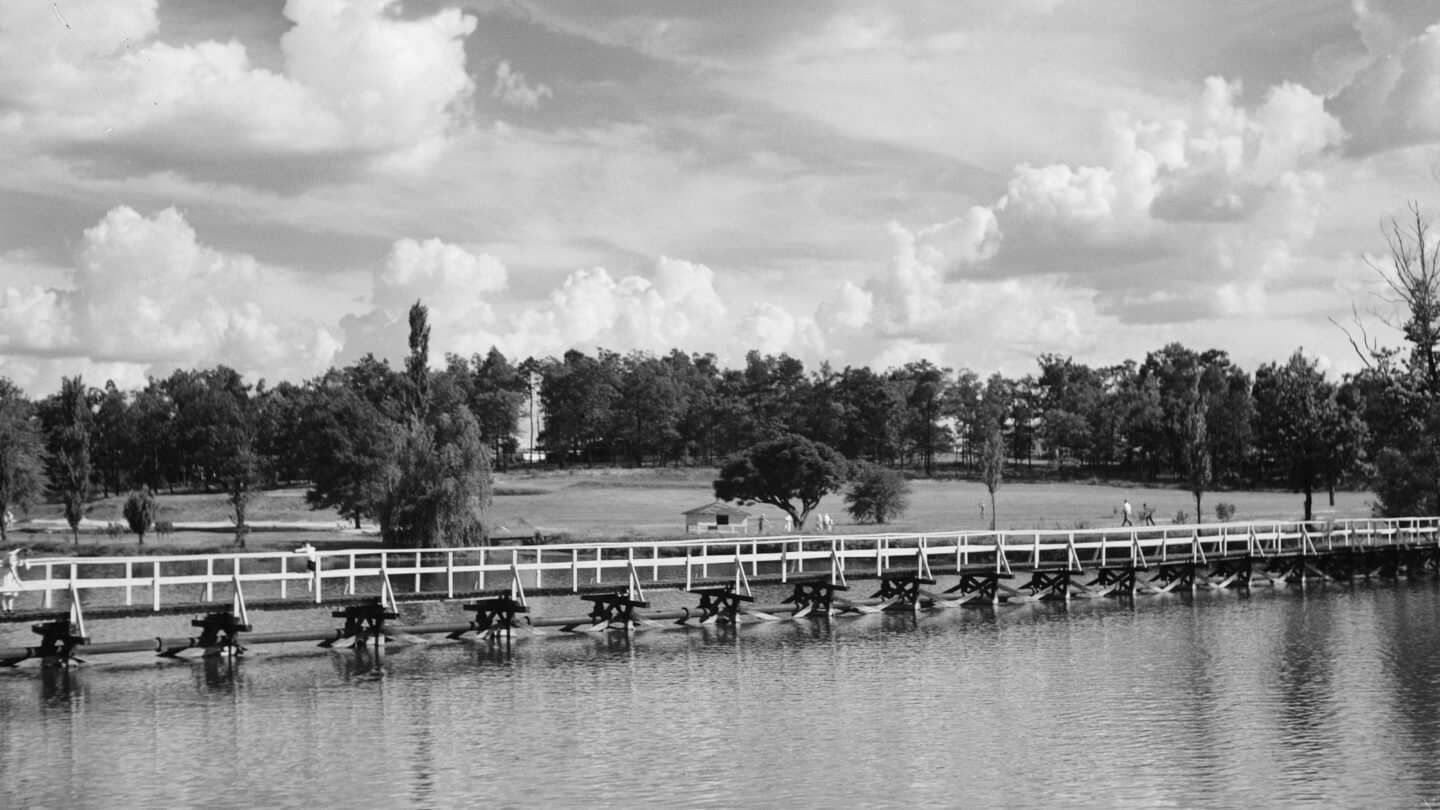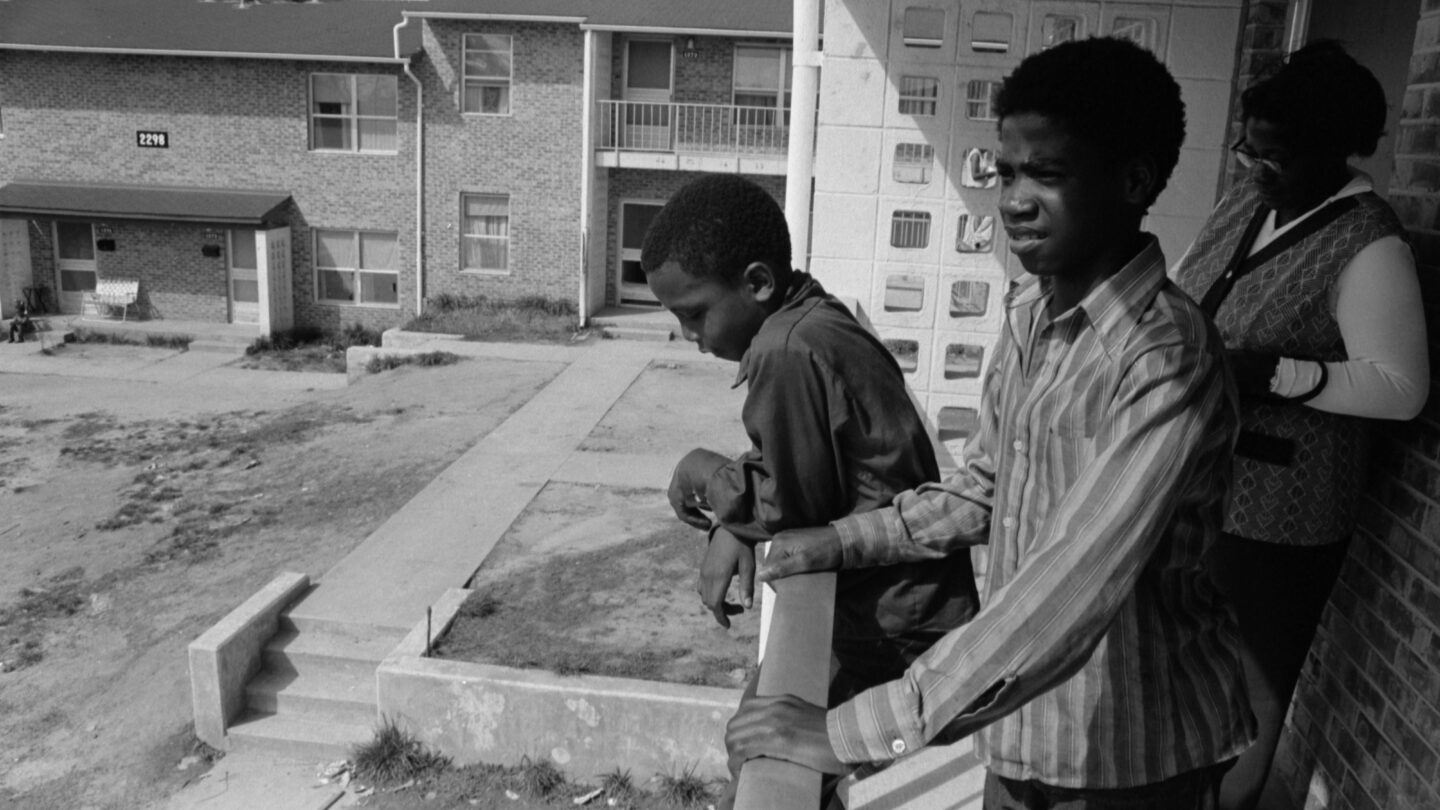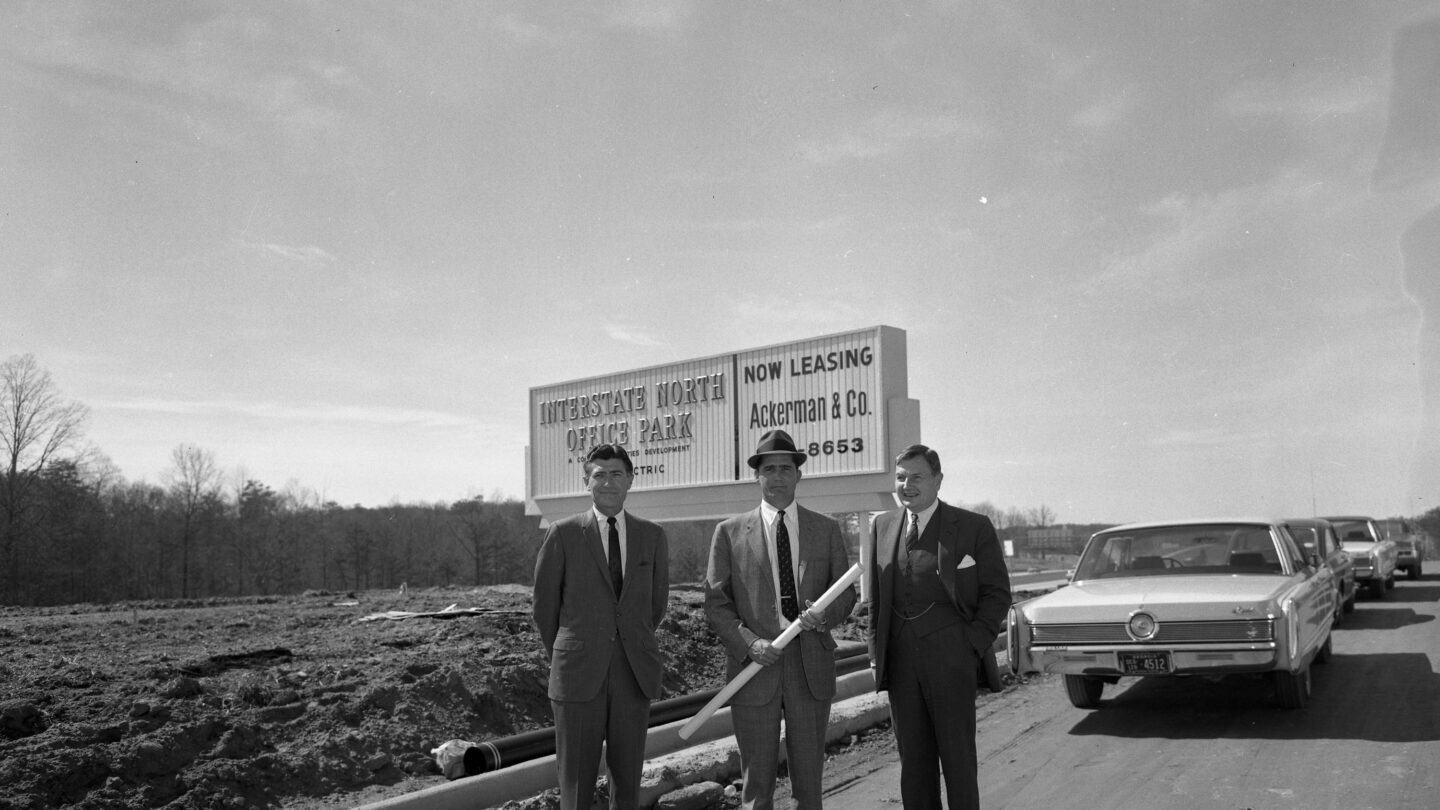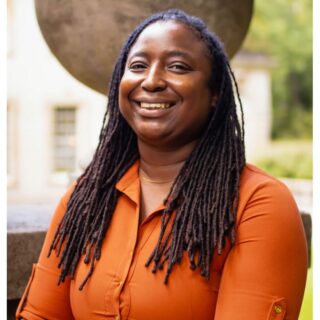
East Lake Golf Club. Kenneth Rogers, Kenneth Rogers Photographs, Kenan Research Center at Atlanta History Center
Next year in 2024, East Lake Golf Course will celebrate its 120th anniversary. It is the oldest golf course in Atlanta. The history of East Lake Golf Course dates back to the early 20th century, with its establishment in 1904. It was created by the Atlanta Athletic Club, an organization that sought to provide a premier sporting environment for its members. The original design of the golf course was the handiwork of Tom Bendelow, a prolific golf course designer known as “the Johnny Appleseed of American golf.”
However, within less than a decade of its founding, it was decided that the course needed a redesign to raise its status and provide a more challenging game for the members. In 1913, famed golf course architect Donald Ross was brought in to reimagine the layout. Ross, a Scotsman with a profound understanding of golf course design, provided East Lake with a character and design that transformed it into one of the South’s finest courses. His vision established the basis of the course that players enjoy today, ensuring East Lake’s place in the annals of American golf history.
East Lake Golf Course’s history is inseparable from the legacy of the legendary amateur golfer Bobby Jones, who learned to play the game on its verdant fairways. Born in 1902, Jones was a native Atlantan and a life-long member of the Atlanta Athletic Club. He spent much of his childhood at East Lake, honing his skills and developing his love for golf.
Bobby Jones with his son Bobby Jones III at the East Lake Golf Club. Kenneth Rogers, Kenneth Rogers Photographs, Kenan Research Center at Atlanta History Center
His association with East Lake not only elevated the profile of the course but also etched an indelible mark in its history. Jones’s significant achievements in golf, which include a grand slam victory in 1930 where he won all four of the major tournaments of his era— the U.S. Open, U.S. Amateur, British Open, and British Amateur—in a single year, lent significant prestige to East Lake.
Under the influence of Bobby Jones, East Lake emerged as a premier golf course. The quality of its design and the historical connection to Jones attracted significant golf tournaments. One of the most notable events was the Ryder Cup in 1963, one of the most prestigious events in international golf. The hosting of this event cemented East Lake’s reputation as a top-tier golf course and underlined its important role in golf history.
The mid-20th century presented a time of significant challenges for East Lake Golf Course. Like many urban areas in the United States during this period, East Lake’s surroundings were affected by urban decay and the expansion of the suburbs. As more people moved away from the city center and into suburban neighborhoods, membership at the club began to decline. This reduction in active participants led to neglect and degradation of both the golf course and the club’s facilities.

East Lake Meadows residents look out over their housing complex in 1973. Boyd Lewis, Boyd Lewis Photographs, Kenan Research Center at Atlanta History Center
Further compounding these issues was the construction of the East Lake Meadows public housing project near the golf course. Completed in 1970, this low-income housing project was intended to provide affordable homes for Atlanta’s less affluent residents. However, it brought with it a host of social and economic challenges. Over time, the project earned the nickname “Little Vietnam” due to high crime rates and poor living conditions. The proximity of East Lake Meadows to the golf course undoubtedly affected the perception and attractiveness of the club, contributing further to its decline during this period.
The 1990s marked a turning point for the East Lake Golf Course, signaling a period of rebirth and restoration. The CF Foundation, a foundation for charitable giving and headed by Atlanta developer Tom Cousins and his wife Ann, purchased the dilapidated course in 1993 and promptly established the East Lake Foundation. This non-profit organization was dedicated to revitalizing both the golf course and the surrounding community.

Tom Cousins, left, an unidentified man, and David Rockefeller, on the building site of the Interstate Office Park in 1968. Floyd Jilson, Floyd Jilson Photographs, Kenan Research Center at Atlanta History Center
Cousins embarked on a substantial restoration project for the golf course and club facilities. Renowned golf course architect Rees Jones was brought on board to restore the course to its former glory, bringing it back to Donald Ross’s original design. The clubhouse was also renovated, preserving its historical elements while adding modern amenities.
Parallel to the restoration of the golf course, the East Lake Foundation made substantial efforts to improve the surrounding community. This included replacing the East Lake Meadows public housing project with mixed-income housing, establishing the Drew Charter School, and fostering various community wellness programs. This holistic approach aimed to break the cycle of poverty and create a thriving and sustainable community.
East Lake’s efforts to restore its historical prominence in the golfing world have been successful. Since 2005, the course has been the permanent home of the PGA Tour Championship, the culminating event of the FedEx Cup playoffs. Today, East Lake continues to play a significant role in promoting both golf and community development, embodying the belief that golf courses can be a force for good in their communities.


